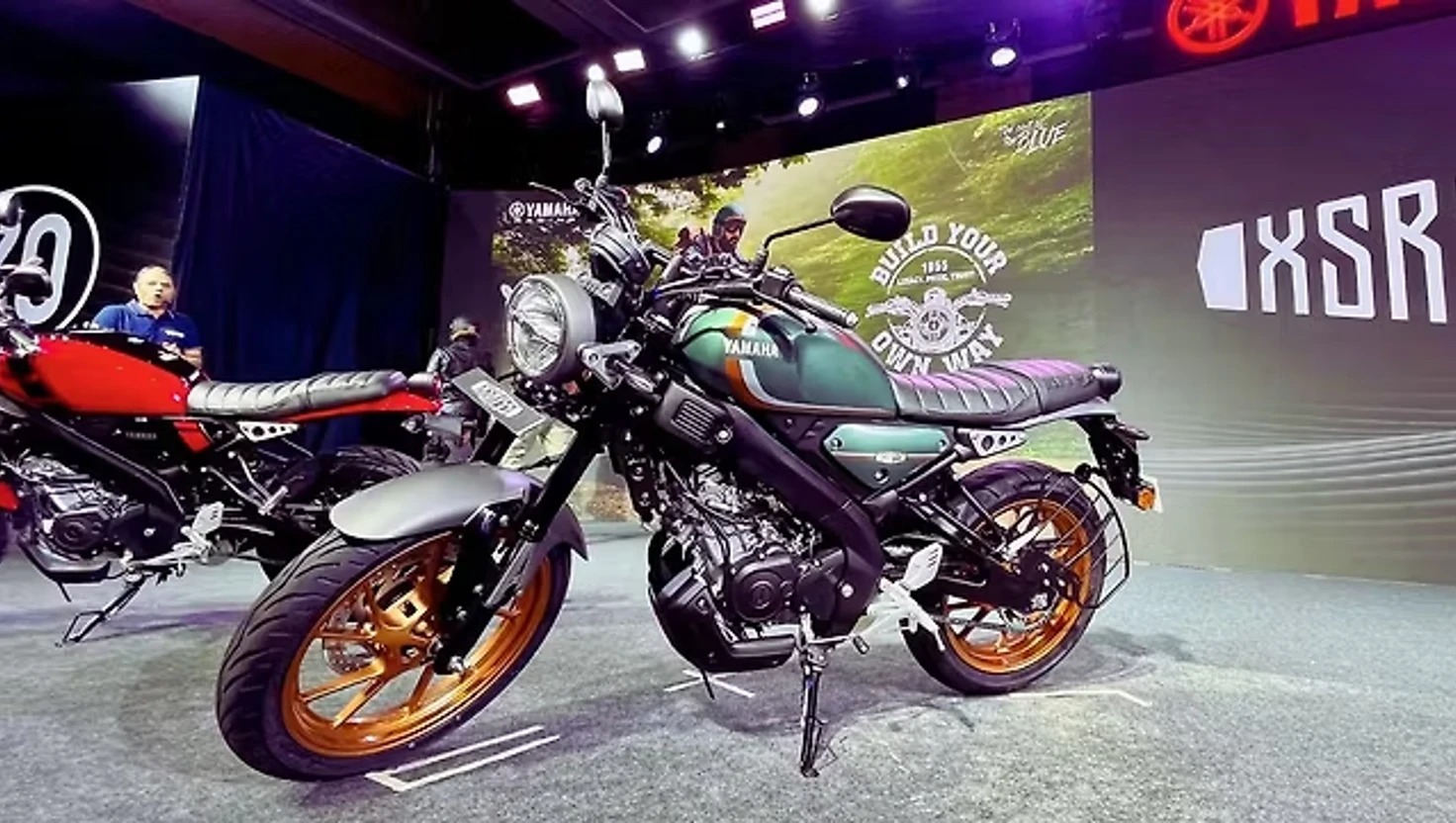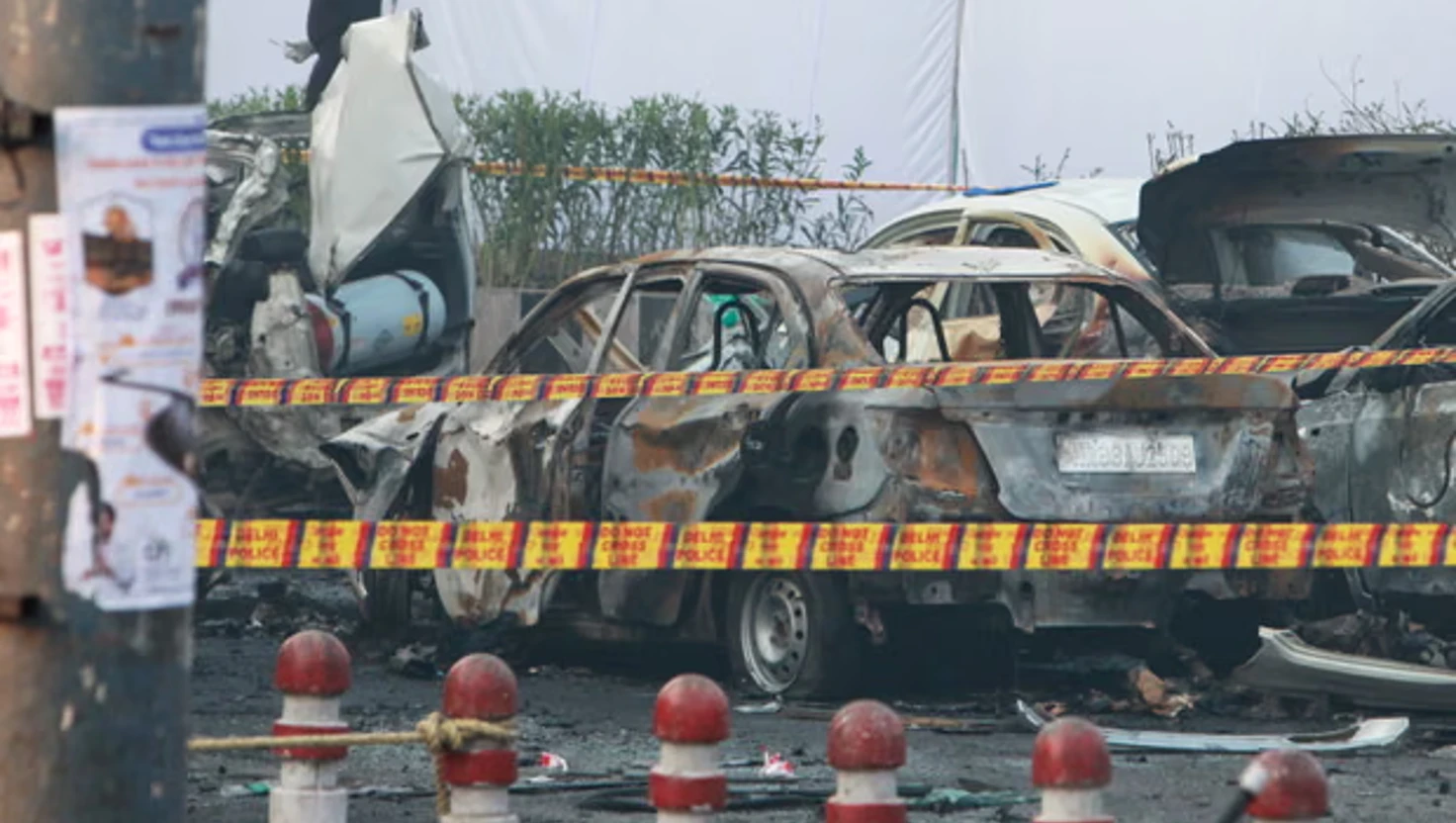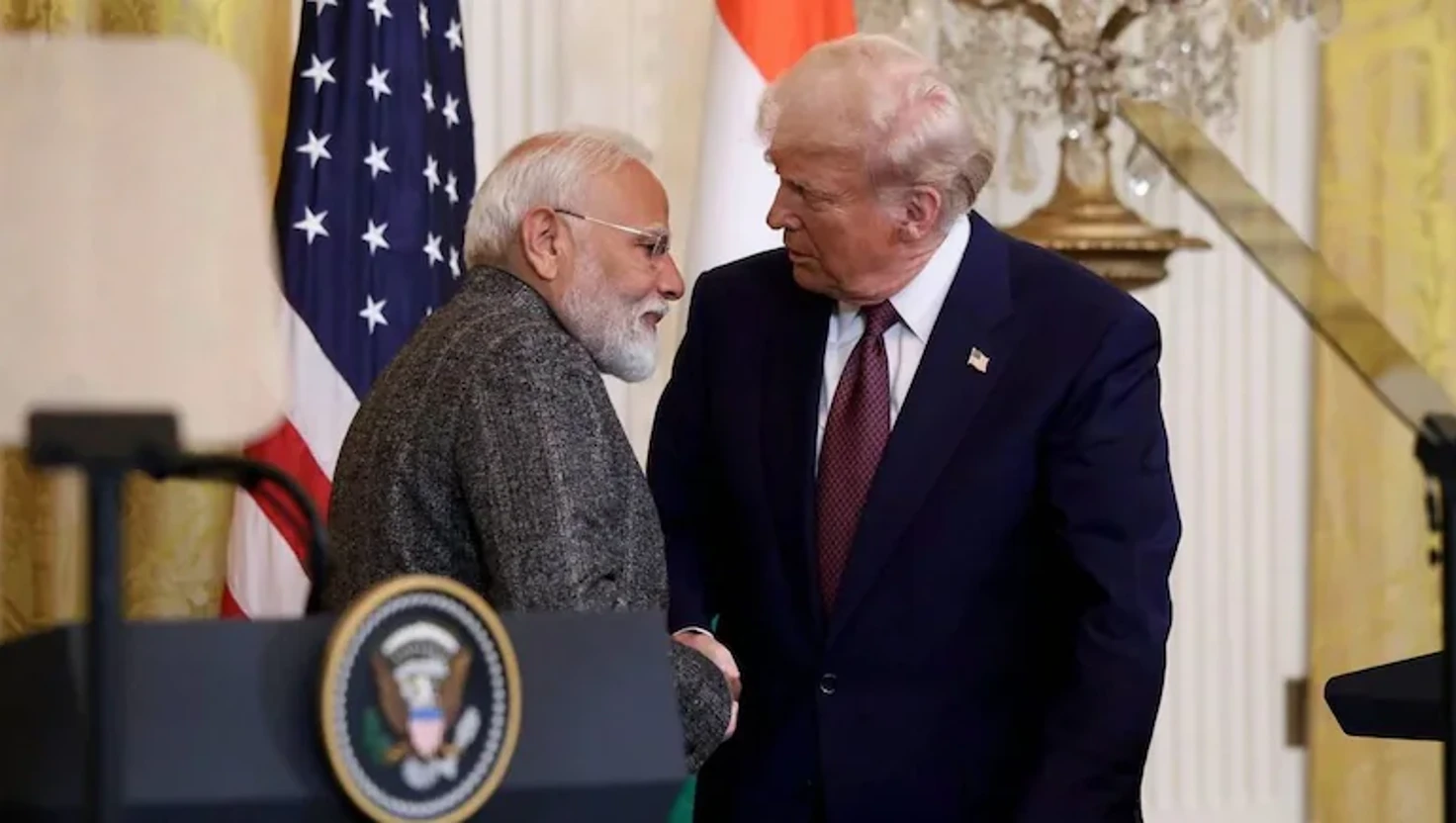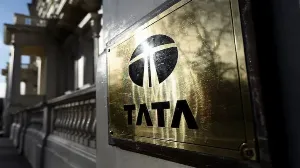Electric scooters in India: Yamaha unveils Aerox-E and EC-06

Yamaha Motor India has taken a significant step into the electric two-wheeler segment with the unveiling of the Aerox-E and EC-06, two models aimed at urban riders seeking a mix of performance, practicality and modern design. Although the company has not yet announced final pricing, both scooters were presented alongside new internal-combustion motorcycles as part of a broader product strategy for 2025.
The EC-06 is Yamaha’s new urban-focused electric scooter and is built on the same platform as the River Indie, a model already on sale in India. According to information shared during the presentation, the EC-06 uses a 4kWh battery pack and has a claimed riding range of around 160km per charge. Its electric motor delivers a peak output of 6.7kW and features three riding modes, including a dedicated reverse mode designed to assist riders in tight city spaces.
Yamaha officials highlighted the scooter’s storage capacity, noting that the 24.5-litre under-seat compartment is intended to appeal to commuters who need space for daily essentials. The styling has been revised compared with the platform donor, with Yamaha adopting a new twin-pod LED headlamp arrangement and a slimmer tail section. Company representatives said these changes were intended to create a distinctive identity within the crowded Indian scooter market.
The Aerox-E represents the brand’s most performance-oriented electric offering to date in India. Built on an all-new architecture developed specifically for the country, the scooter features two detachable 3kWh batteries that provide a stated maximum range of 106km. Yamaha has quoted a peak power output of 9.4kW and maximum torque of 46Nm, positioning the model as a premium option among electric scooters currently available in the country.
The Aerox-E features three standard riding modes—Eco, Standard and Power—along with a temporary “Boost” mode intended to deliver short bursts of additional acceleration. It is equipped with disc brakes at both ends and single-channel ABS. A digital TFT display is included as standard equipment, reflecting Yamaha’s focus on combining performance with modern electronic features.
Design elements on the Aerox-E draw heavily from Yamaha’s petrol-powered Aerox scooters, with sharp bodywork, wide tyres and aggressive LED lighting. According to Yamaha executives, the model is targeted at riders seeking a high-performance alternative to conventional electric scooters while maintaining the everyday usability expected from a premium commuter.
The unveiling of the electric pair was accompanied by the launch of two new internal-combustion motorcycles: the neo-retro XSR155 and the refreshed FZ-Rave. The company said this combined rollout is part of a dual-track strategy designed to retain its position in the petrol-powered commuter market while establishing a presence in the increasingly competitive electric sector.
India is the world’s largest two-wheeler market, and electric models have seen rapid year-on-year growth as manufacturers respond to rising fuel prices, tightening emissions regulations and government incentives for electrification. Yamaha’s entry comes at a time when several established brands, including TVS, Hero MotoCorp and Bajaj, are strengthening their EV portfolios, while new-age manufacturers such as Ather and Ola Electric continue to expand their offerings.
Yamaha stated that its electric expansion in India will be gradual, with a focus on models that can deliver both performance and real-world practicality. The company added that future localisation of components and battery systems will be considered as the market matures.
A representative from Yamaha said during the unveiling, “We are committed to offering Indian customers a new level of performance and design in the electric two-wheeler space,” indicating the brand’s intention to position its EVs at the premium end of the market.
Context:
India’s electric two-wheeler segment has grown significantly in recent years, supported by federal and state-level incentives as well as declining battery costs. While the majority of EV sales are concentrated in the commuter scooter category, demand for higher-performance electric vehicles is beginning to rise, particularly in major cities. Yamaha’s decision to introduce models like the Aerox-E signals confidence that this premium sub-segment will continue to expand.
The arrival of new entrants from major global manufacturers is expected to increase competition, potentially accelerating both product innovation and price adjustments across the sector. Yamaha’s approach—combining performance-focused EVs with a continued internal-combustion lineup—reflects a broader trend among international brands seeking to balance legacy markets with emerging electric opportunities in India.

Delhi Blast Investigation Links Detonators to Faridabad Terror Module

US and India Trade Agreement Progresses with Expected Tariff Reductions

Microsoft to Introduce Haptic Feedback for Windows 11 Trackpads

OnePlus 15 Unboxing Ahead of Indian Launch on November 13





